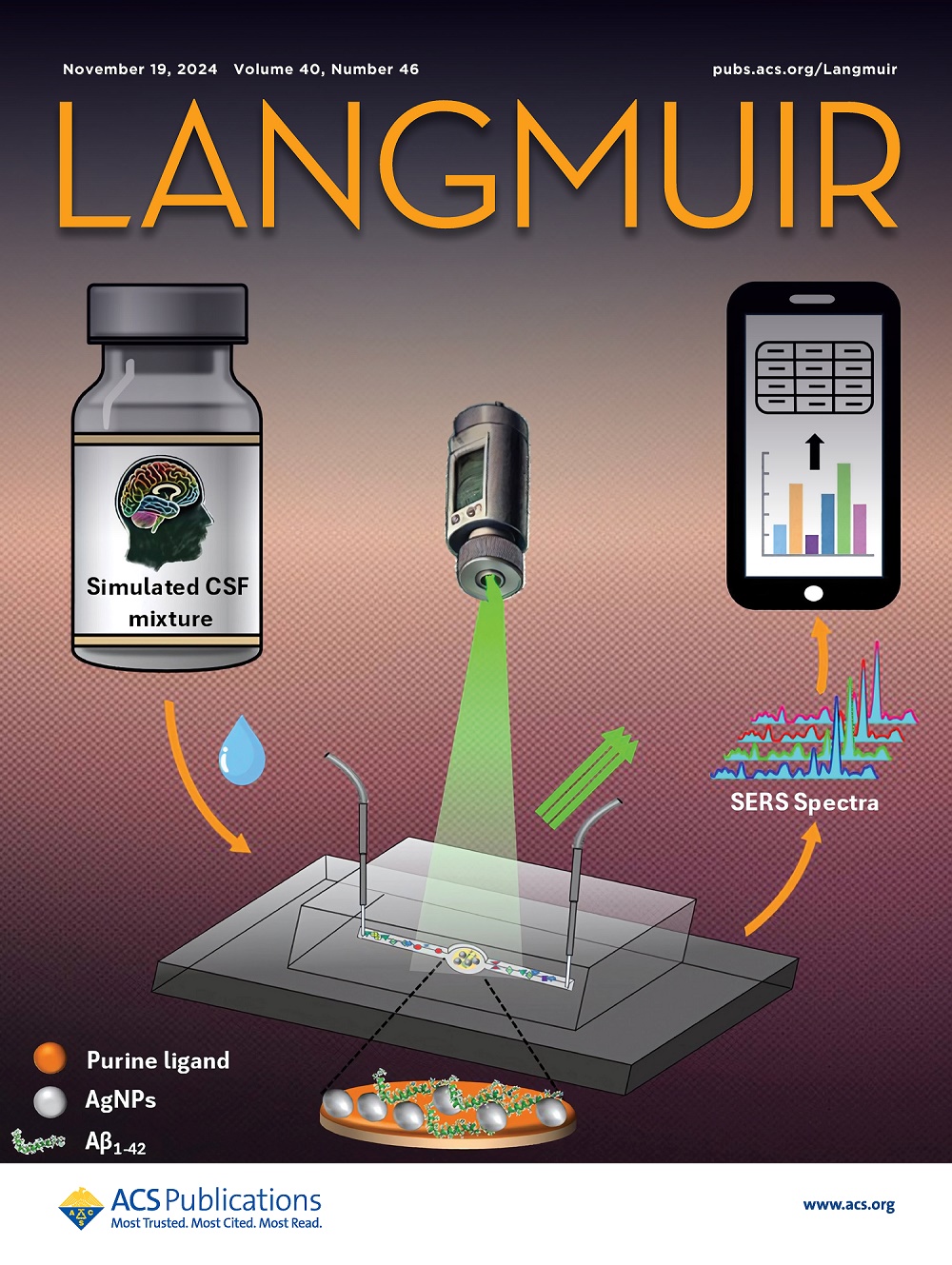Metal–Organic Framework-Derived Zinc–Cobalt Oxide Materials as High-Performance Anodes for Direct Methanol Fuel Cell Application
IF 3.7
2区 化学
Q2 CHEMISTRY, MULTIDISCIPLINARY
引用次数: 0
Abstract
Due to the exhaustion of fossil fuels and rising concerns about environmental pollution, direct methanol fuel cells (DMFCs) have emerged as one of the prominent green energy solutions in recent decades. However, the commercialization of DMFCs faces a significant challenge due to the dependence on expensive noble-metal-based electrode materials and the issue of methanol crossover. Therefore, there has been growing interest in developing cost-effective, high-performance anode catalysts to enhance the methanol oxidation reaction (MOR). In this work, unexplored non-noble transition metal oxide materials, such as metal–organic framework (MOF)-derived ZnO, ZnCo2O4, and Zn2CoO4, were directly synthesized on Ni foam using a simple solvothermal method, followed by calcination. The MOR activity of all the materials was tested in a 0.5 M methanol solution under alkaline conditions. Due to the synergetic effect of combined metallic composition, mixed metal oxides exhibited superior performance. The order of MOR activity was measured to be ZnO < Zn2CoO4 < ZnCo2O4. Particularly, ZnCo2O4 exhibited the highest mass activity (42.64 mA mg–1) and geometric current density (166.28 mA cm–2), outperforming Zn2CoO4 (27.44 mA mg–1) and ZnO (12.72 mA mg–1). It also demonstrated the lowest onset potential of 1.32 V (vs RHE) compared to Zn2CoO4 (1.35 V) and ZnO (1.39 V) and maintained excellent long-term stability for 12 h at 1.5 V (vs RHE). Additionally, to determine the optimal methanol concentration, all electrocatalysts were tested across a range of methanol concentrations from 0.1 to 1 M, showing 0.5 M methanol as the most suitable concentration. This study aims to develop cost-effective MOF-derived electrode materials and optimize methanol concentration to maximize catalytic activity. Furthermore, it establishes a foundation for the development of various MOF-derived electrocatalysts and the advancement of DMFC technology.

求助全文
约1分钟内获得全文
求助全文
来源期刊

Langmuir
化学-材料科学:综合
CiteScore
6.50
自引率
10.30%
发文量
1464
审稿时长
2.1 months
期刊介绍:
Langmuir is an interdisciplinary journal publishing articles in the following subject categories:
Colloids: surfactants and self-assembly, dispersions, emulsions, foams
Interfaces: adsorption, reactions, films, forces
Biological Interfaces: biocolloids, biomolecular and biomimetic materials
Materials: nano- and mesostructured materials, polymers, gels, liquid crystals
Electrochemistry: interfacial charge transfer, charge transport, electrocatalysis, electrokinetic phenomena, bioelectrochemistry
Devices and Applications: sensors, fluidics, patterning, catalysis, photonic crystals
However, when high-impact, original work is submitted that does not fit within the above categories, decisions to accept or decline such papers will be based on one criteria: What Would Irving Do?
Langmuir ranks #2 in citations out of 136 journals in the category of Physical Chemistry with 113,157 total citations. The journal received an Impact Factor of 4.384*.
This journal is also indexed in the categories of Materials Science (ranked #1) and Multidisciplinary Chemistry (ranked #5).
 求助内容:
求助内容: 应助结果提醒方式:
应助结果提醒方式:


